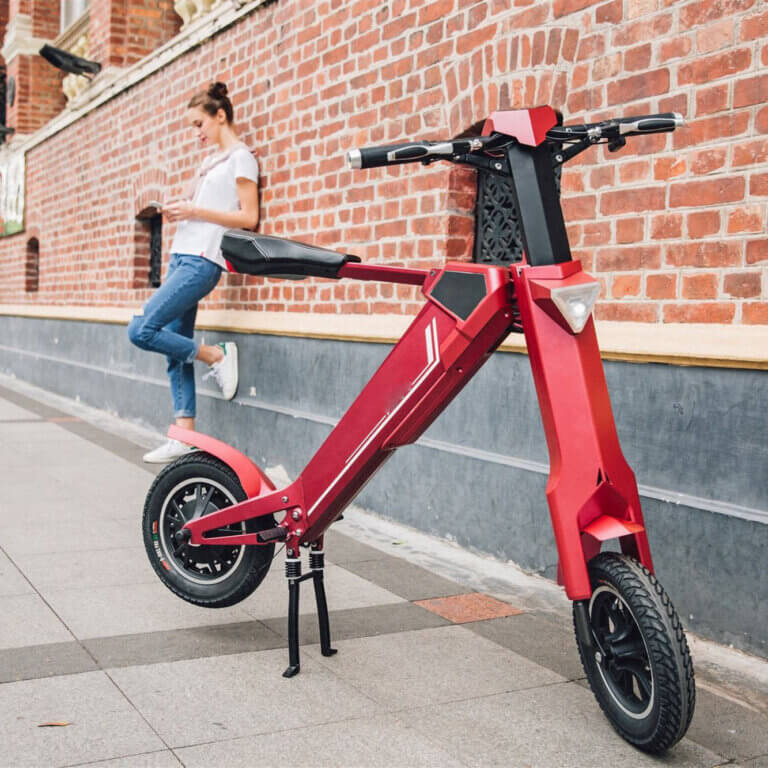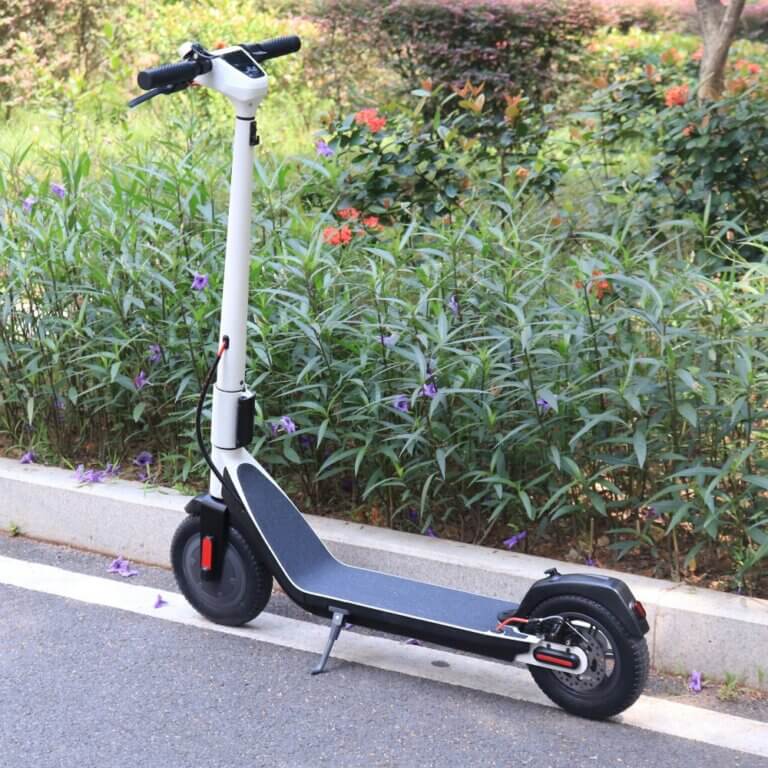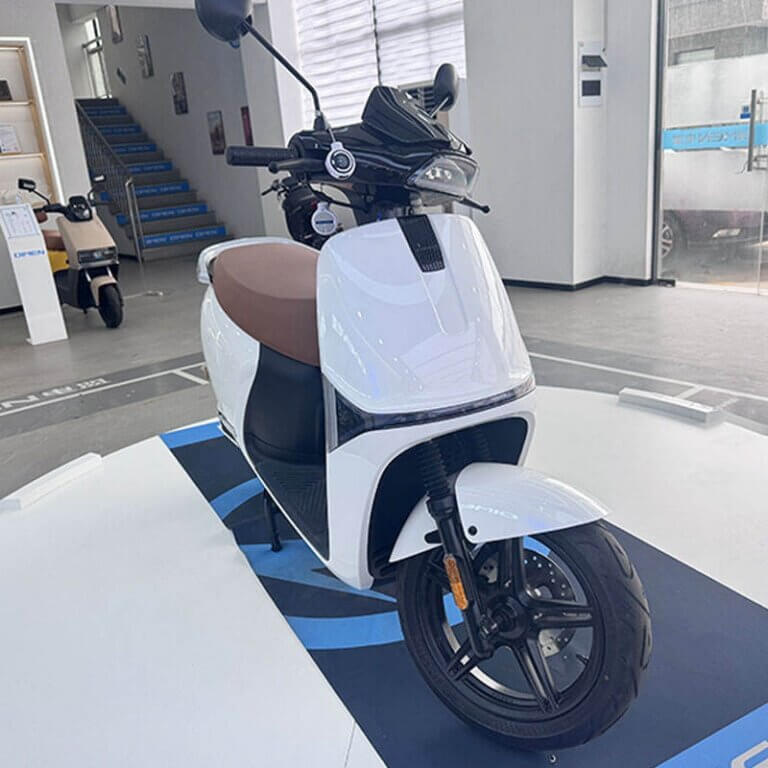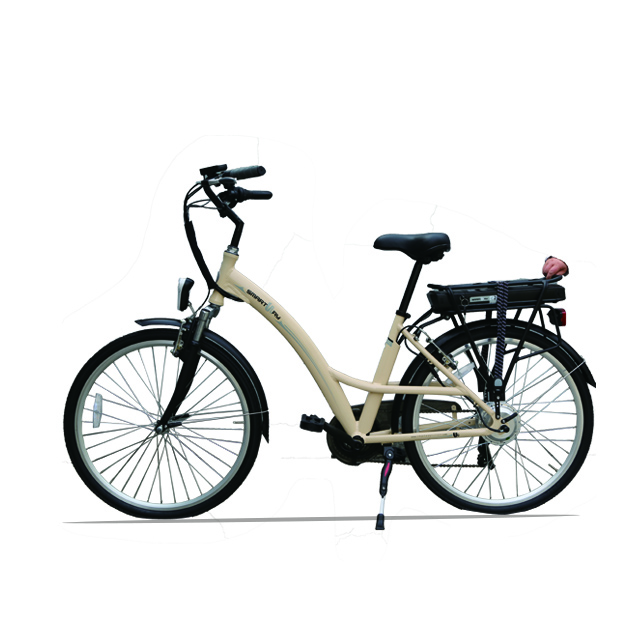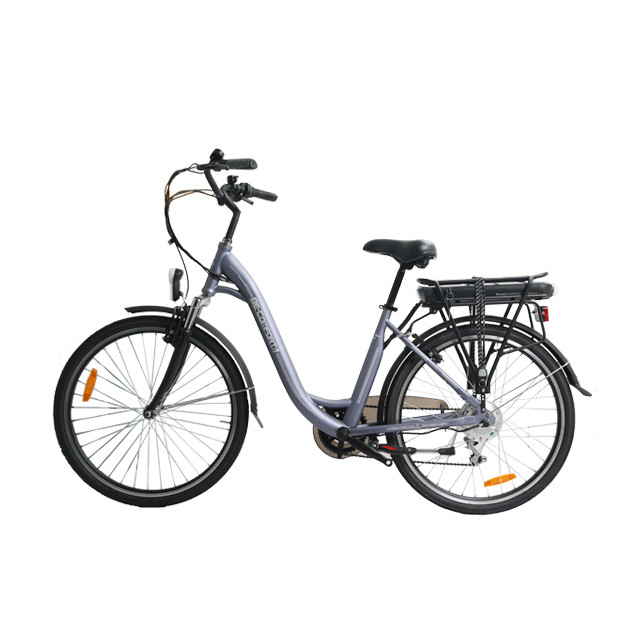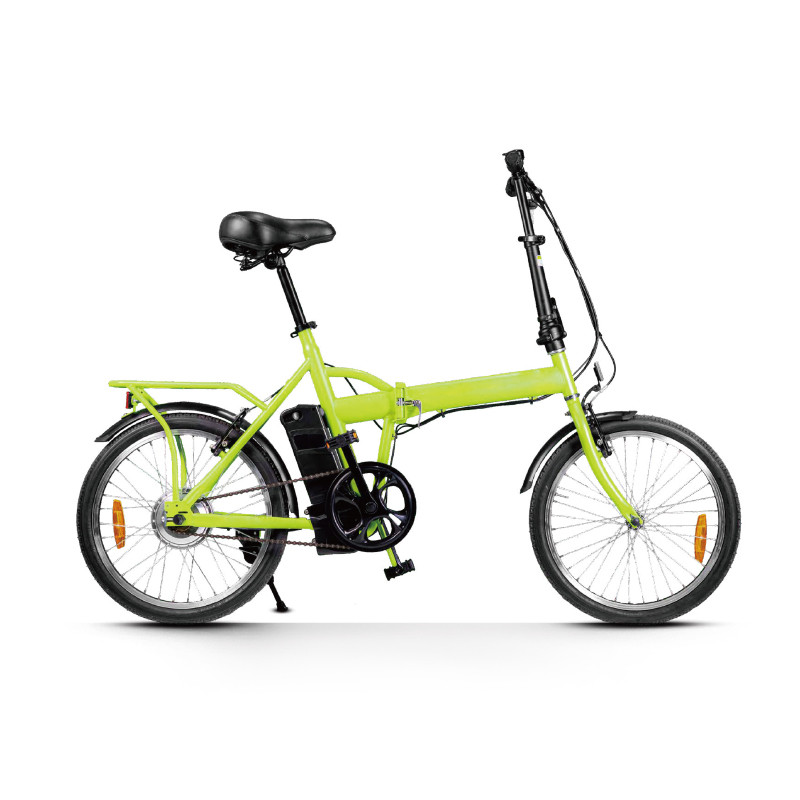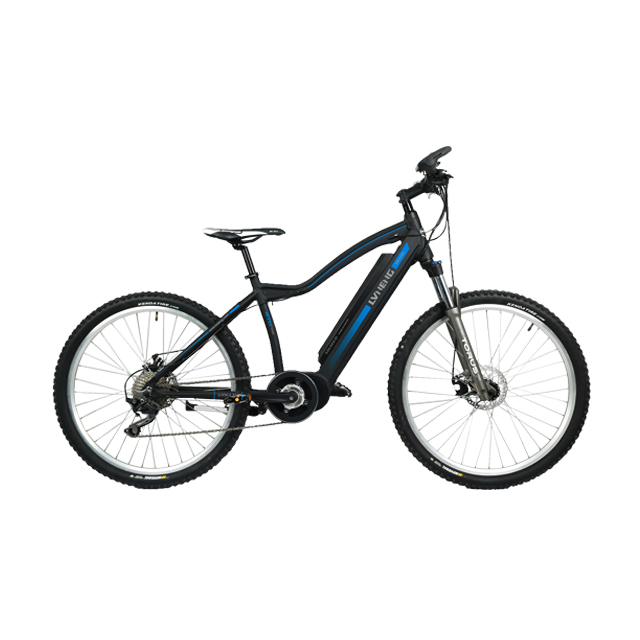-
414 Block B, ZT Times Plaza, Wuhan, Hubei, China
Blog
How to Charge an Electric Scooter Correctly
Summary
Charging an electric scooter correctly is essential for maximizing battery health, ensuring safety, and enhancing overall performance. As electric scooters gain popularity as a convenient and eco-friendly mode of transportation, understanding the intricacies of charging is critical for users who rely on them for daily commutes and leisure activities. Various battery types, including lithium-ion, lead-acid, and emerging technologies, each come with unique charging requirements and considerations that impact their longevity and efficiency.
The charging process involves multiple methods categorized into three levels: Level 1 (standard 120V AC), Level 2 (240V AC), and Level 3 (DC fast charging). Each level offers different charging speeds and capabilities, with Level 3 providing the quickest recharge, making it ideal for urgent needs. Best practices for charging include using manufacturer-recommended chargers, maintaining optimal charge levels between 20% and 80%, and allowing the battery to cool after use. Such practices are crucial in preventing overheating and prolonging battery lifespan, ultimately enhancing the overall riding experience.
Moreover, safety considerations are paramount when charging electric scooters, as improper practices can lead to hazards such as fires and battery failure. Users must be vigilant for signs of damage or malfunction, such as unusual noises, swelling, or overheating, and follow guidelines for safe charging environments and equipment checks. Misconceptions about charging methods and battery care often contribute to unsafe practices, underscoring the need for proper education and awareness among scooter owners to mitigate risks and ensure safe operation.
In summary, understanding how to charge an electric scooter correctly not only ensures battery longevity and optimal performance but also plays a vital role in rider safety. By adhering to recommended practices and being mindful of potential hazards, users can significantly enhance their electric scooter experience while contributing to a more sustainable mode of transportation.
Table of Contents
Understanding Electric Scooters
Electric scooters are becoming increasingly popular as a convenient mode of transportation. They typically utilize one of three types of batteries: lead-acid, nickel-metal hydride (NiMH), or lithium-ion (Li-ion) batteries, each offering distinct advantages and disadvantages regarding performance and longevity.
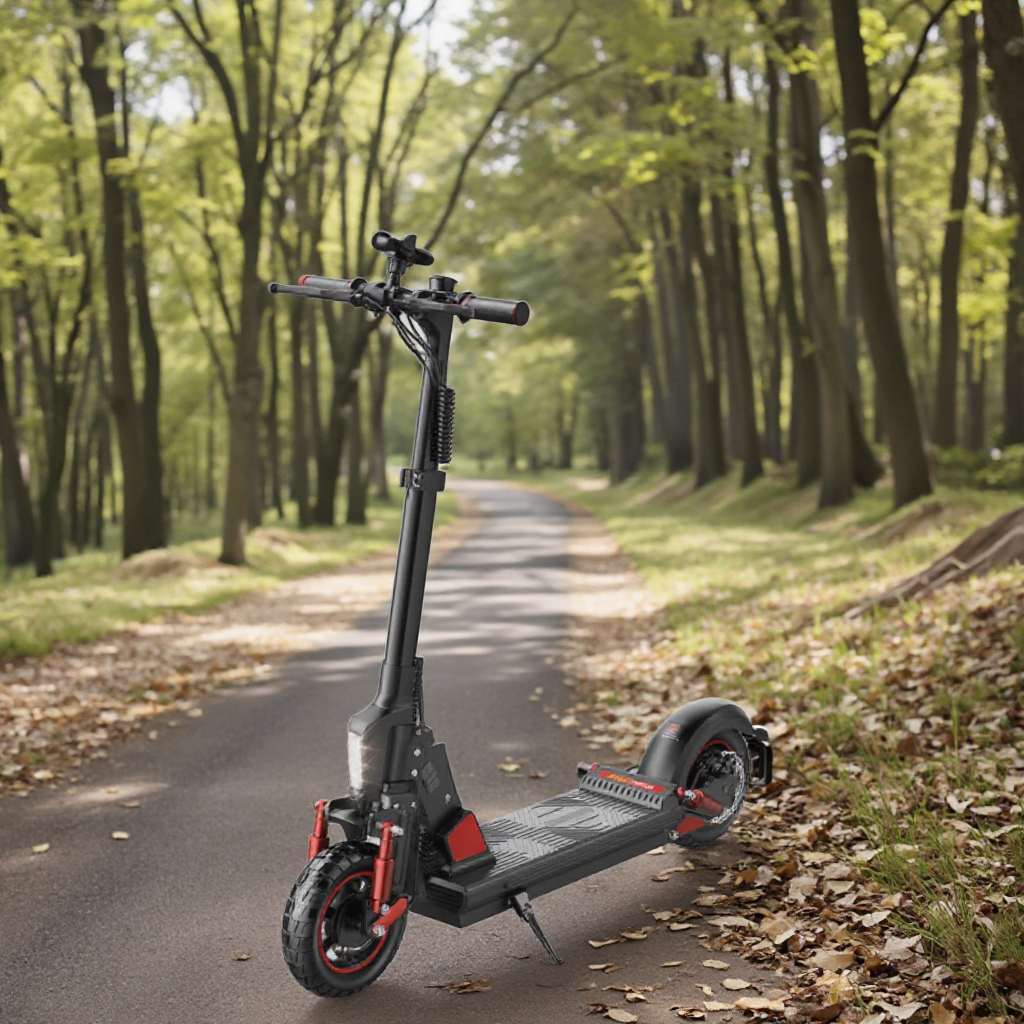
Battery Types
Lithium-Ion Batteries
Lithium-ion batteries are the most prevalent type found in electric scooters today. They are known for their high energy density, longer lifespan, and relatively lightweight properties. These batteries allow for faster charging times and provide efficient energy usage, making them suitable for daily commutes.
Lead-Acid Batteries
Lead-acid batteries, the first type of rechargeable batteries invented, are often used in budget-friendly electric scooters. While they are known for their ability to produce high current and power storage instantly, they are generally heavier and less efficient compared to lithium-ion counterparts.
Other Battery Types
Emerging technologies are also exploring alternative battery types, such as sodium-ion batteries, which replace lithium with sodium to achieve similar performance metrics while potentially lowering costs and improving resource sustainability.
Charging Considerations
When charging an electric scooter, several factors should be taken into account to ensure optimal performance and battery health:
Voltage Specifications: Electric scooters typically operate on batteries with voltages of 36V, 48V, or even 60V. It is crucial to match the charger’s output voltage with that of the scooter’s battery to prevent damage.
Connector Types: Different scooters use various connector types, such as XLR or DC barrel connectors. Ensuring compatibility between the charger and the scooter is essential for a secure connection.
Charging Power: The charger’s output should match the battery’s required power input. Using a charger with a higher output can lead to faster charging times, but may also pose risks to the battery’s longevity if not recommended by the manufacturer.
Understanding these components is vital for electric scooter owners to maintain their vehicles effectively and prolong battery life, contributing to the overall efficiency and sustainability of their mode of transport.
Charging Basics
Charging an electric scooter correctly is essential for maintaining battery health and ensuring safe operation. The process involves understanding different charging methods, adhering to recommended practices, and being aware of potential risks.
Charging Methods
Electric scooters utilize various charging methods, which can be categorized into three levels:
Best Practices for Charging
To ensure the longevity and efficiency of your electric scooter’s battery, following best charging practices is essential.
Recommended Charger Usage
Always use the charger recommended by the manufacturer for safety and optimal charging performance. Using the wrong charger can provide incorrect voltage or current, potentially harming the battery or reducing its lifespan.
Charging Temperature Guidelines
Maintaining the right temperature is crucial for battery health. The ideal temperature for charging and using lithium-ion batteries is between 50 to 86 degrees Fahrenheit (10 to 30 degrees Celsius). Extreme temperatures can adversely affect battery performance; cold weather slows down chemical reactions, while excessive heat can cause damage.
Charging Levels and Patterns
To maximize battery lifespan, it is advisable to charge the battery to approximately 80-90% capacity and recharge it when it drops to around 20-30%. Avoiding both deep discharges and overcharging is essential; consistently charging within the 20-80% range helps prevent capacity loss and maintains overall health.
Avoiding Overcharging
Overcharging can lead to overheating and decreased battery capacity, posing safety risks such as swelling or fire hazards. It is recommended to disconnect the charger as soon as the battery reaches full charge, even if many chargers have built-in protections.
Charging Methods
There are different charging methods to consider:
- Level 1 Charging: Uses a standard 120-volt AC outlet, ideal for overnight charging, providing about 8 km of range per hour.
- Level 2 Charging: Utilizes a 240-volt AC power source, typically found at public stations and homes, offering around 30 km of range per hour.
- Level 3 Charging: Fast charging with a 480-volt DC source can charge a battery to 80% in about 30 minutes, giving approximately 250 km of range per hour.
While fast charging can be convenient, it may lead to battery degradation due to the excess heat generated from rapid energy input. Therefore, it is often recommended to restrict the use of fast charging unless necessary.
Environmental Considerations
Finally, the terrain on which the scooter is used can affect battery consumption. Riding on hilly or bumpy paths requires more power compared to smooth, flat surfaces, leading to quicker battery depletion. Understanding these factors can help users manage their rides effectively and optimize battery life.
Safety Considerations
Charging electric scooters and similar e-mobility devices safely is crucial to preventing fires and ensuring user safety. One of the most significant risks arises from the use of lithium-ion batteries, which can experience thermal runaway—a condition where the battery overheats uncontrollably, leading to potential fires or explosions. To mitigate these risks, it is essential to adhere to several safety practices.
Proper Charging Practices
Always use the charger supplied by the manufacturer, as using the wrong charger can increase the risk of overheating and may compromise the battery’s integrity. It is advisable to disconnect the charger once the battery is fully charged to prevent overcharging, which is a common cause of battery failure. Furthermore, charging should never take place in locations that obstruct fire exits or escape routes, as this could hinder safe evacuation in case of an emergency.
Regular Inspection of Batteries
Users should frequently inspect their batteries for any signs of damage, such as swelling, leaks, or unusual smells. Such indicators often signify a need for immediate replacement. If the battery exhibits any concerning symptoms, it should be stopped from use and disposed of safely. According to research, physical damage accounts for a significant number of battery replacements, highlighting the importance of vigilance.
Education and Awareness
Education is key in reducing risks associated with e-mobility devices. Users are encouraged to familiarize themselves with the warning signs of an unsafe battery, including overheating during charging and signs of thermal runaway, such as hissing or popping noises. Public safety initiatives have shown a positive impact on reducing incidents; for instance, the implementation of UL safety standards has led to a decline in e-mobility-related injuries and fatalities in New York City.
Regulatory Advocacy
Organizations like Electrical Safety First advocate for stronger regulations regarding the safety standards of e-mobility devices. They promote third-party certification of batteries to ensure that manufacturers cannot self-declare the safety of their products, similar to regulations in place for other high-risk items. By supporting these measures, consumers can contribute to a safer environment for e-scooter usage.
By adhering to these safety considerations and promoting awareness, users can significantly reduce the risks associated with charging electric scooters and ensure a safer riding experience.
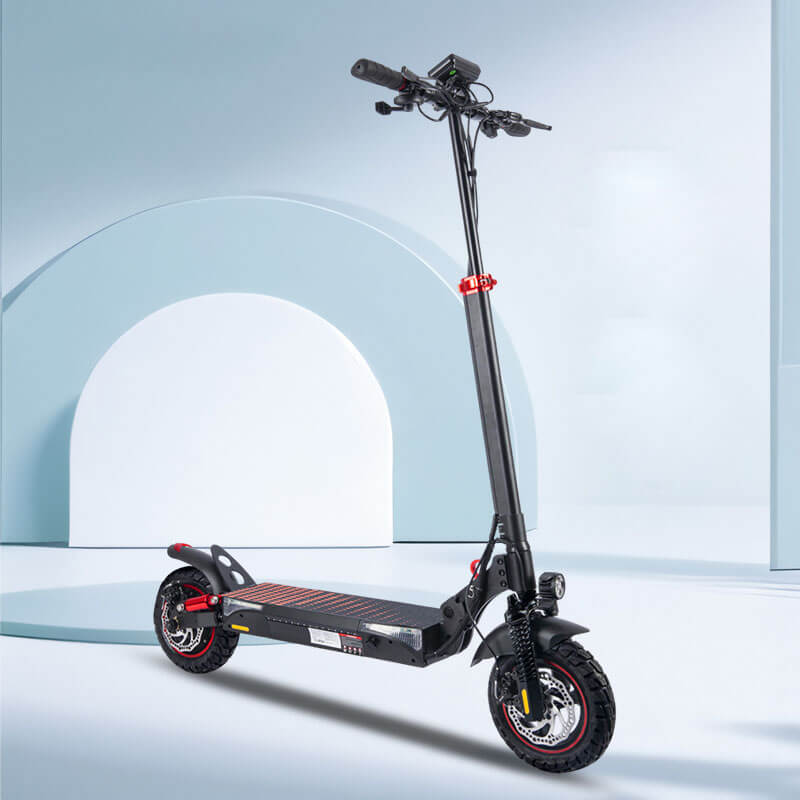
Step-by-Step Guide to Charging
Charging an electric scooter correctly is essential for maintaining battery health and longevity. Follow this step-by-step guide to ensure optimal charging practices.
Step 1: Prepare the Charger
Before you begin, locate the manufacturer’s specific charger designed for your scooter. Always use this charger to avoid potential damage from incorrect voltage. Plug the charger into a grounded electrical outlet, ensuring it is positioned in a clean, dry area to prevent dust or moisture from entering the charging port.
Step 2: Connect the Charger
Once the charger is plugged in, connect it to the scooter’s charging port. The charging port is typically located near the scooter’s deck and may be covered by a protective cap. Ensure that the connection is secure; a loose connection can lead to inconsistent charging and potential overheating.
Step 3: Monitor the Charging Process
While your scooter charges, periodically check the charging status. Many chargers include an LED indicator that signals the charging progress, turning green when fully charged. It’s advisable to let the scooter complete its charging cycle fully to maintain battery health, rather than opting for partial charges.
Step 4: Disconnect the Charger
After charging, carefully disconnect the charger from the scooter first, and then from the power source. Avoid yanking the cord to prevent damage to both the charging port and the cable. Grip the plug firmly and pull it straight out.
Step 5: Allow the Battery to Cool
Following a charge, allow the battery to cool for about 5 to 10 minutes before using the scooter. Charging generates heat, and letting the battery cool helps maintain its performance and longevity.
Additional Tips
Try to charge the battery when it is between 20% and 80% capacity, as this range optimizes battery lifespan. Avoid charging in extreme temperatures; the ideal range is between 50 to 86 degrees Fahrenheit (10 to 30 degrees Celsius) to ensure optimal battery function. Regularly check and maintain the health of your battery to prolong its lifespan and performance.
By adhering to these steps and best practices, you can maximize the efficiency and lifespan of your electric scooter’s battery.
Best Practices for Charging
To ensure the longevity and efficiency of your electric scooter’s battery, following best charging practices is essential.
Recommended Charger Usage
Always use the charger recommended by the manufacturer for safety and optimal charging performance. Using the wrong charger can provide incorrect voltage or current, potentially harming the battery or reducing its lifespan.
Charging Temperature Guidelines
Maintaining the right temperature is crucial for battery health. The ideal temperature for charging and using lithium-ion batteries is between 50 to 86 degrees Fahrenheit (10 to 30 degrees Celsius). Extreme temperatures can adversely affect battery performance; cold weather slows down chemical reactions, while excessive heat can cause damage.
Charging Levels and Patterns
To maximize battery lifespan, it is advisable to charge the battery to approximately 80-90% capacity and recharge it when it drops to around 20-30%. Avoiding both deep discharges and overcharging is essential; consistently charging within the 20-80% range helps prevent capacity loss and maintains overall health.
Avoiding Overcharging
Overcharging can lead to overheating and decreased battery capacity, posing safety risks such as swelling or fire hazards. It is recommended to disconnect the charger as soon as the battery reaches full charge, even if many chargers have built-in protections.
Charging Methods
There are different charging methods to consider:
- Level 1 Charging: Uses a standard 120-volt AC outlet, ideal for overnight charging, providing about 8 km of range per hour.
- Level 2 Charging: Utilizes a 240-volt AC power source, typically found at public stations and homes, offering around 30 km of range per hour.
- Level 3 Charging: Fast charging with a 480-volt DC source can charge a battery to 80% in about 30 minutes, giving approximately 250 km of range per hour.
While fast charging can be convenient, it may lead to battery degradation due to the excess heat generated from rapid energy input. Therefore, it is often recommended to restrict the use of fast charging unless necessary.
Environmental Considerations
Finally, the terrain on which the scooter is used can affect battery consumption. Riding on hilly or bumpy paths requires more power compared to smooth, flat surfaces, leading to quicker battery depletion. Understanding these factors can help users manage their rides effectively and optimize battery life.
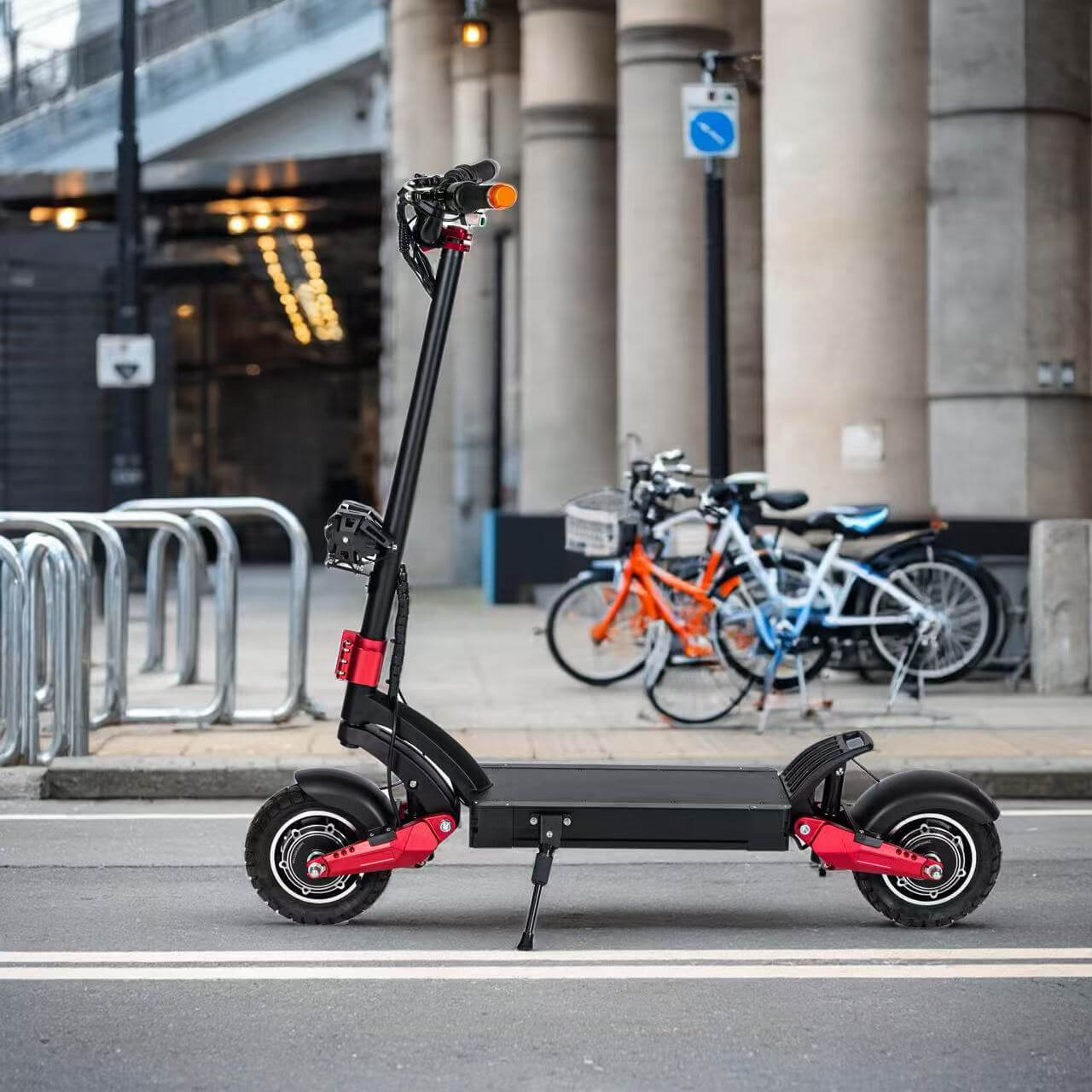
Common Charging Issues
Charging an electric scooter can sometimes present various challenges, which may stem from multiple factors including charger quality, battery health, and connections. Here are some common issues and their potential solutions.
Slow or Incomplete Charging
One of the most frequent issues encountered during charging is slow or incomplete charging. This problem can often be traced back to a faulty or incorrect charger, or it may indicate poor battery health. To assess battery health, users should be vigilant for signs such as a burnt plastic smell, leakage, or swelling. If any of these symptoms are observed, it is crucial to replace the battery promptly. For batteries that are sealed within the scooter’s deck, checking for charge retention is essential; a battery that drains excessively fast is a clear indication of trouble.
Overheating
During charging, it is normal for chargers to generate some heat. However, if the charger feels excessively hot or is at risk of melting, this poses a serious concern. Overheating can result from various factors, including poor ventilation, exposure to direct heat or sunlight, the use of low-quality chargers, or stress on the battery from overcharging or fast charging. Users should take care to ensure proper ventilation and avoid placing chargers in overly hot environments.
Noises During Charging
Unusual noises during charging can indicate a loose connection. Such connections may lead to various problems, such as sparking, inconsistent or slow charging, and overheating. To prevent these issues, users should ensure that the charging plug is securely inserted until it locks into place. Regular monitoring of the charging process can help catch these issues early.
Monitoring the Charging Process
While it is unnecessary to monitor the charging process continuously, periodic checks are advisable to ensure that the scooter is charging correctly. A practical approach would be to break the estimated charging time—often around four hours—into intervals, checking once per hour. Most chargers are equipped with a light system that indicates the charging status and alerts users to any potential problems during the charging cycle.
Warning Signs of Battery Failure
Electric scooter owners should be aware of significant warning signs that indicate potential battery failure. These include smoke, burning smells, leaks, swelling, and extreme overheating. If any of these symptoms occur, charging should be stopped immediately, and the manufacturer should be contacted for assistance. It is critical to avoid using random replacement batteries and to follow proper disposal guidelines provided by the manufacturer.
By being aware of these common charging issues and taking appropriate measures, users can ensure a safer and more efficient charging experience for their electric scooters.
Misconceptions about Charging
Charging an electric scooter is often surrounded by misconceptions that can lead to improper practices and potential safety hazards. Understanding these misconceptions is crucial for maintaining the health of the battery and ensuring safe operation.
Incorrect Charger Usage
One common misconception is that any charger can be used with any electric scooter. This is misleading, as using the wrong charger can not only lead to slow or incomplete charging but can also present a significant fire risk. Always using the charger recommended by the manufacturer is essential for optimal charging and safety, as ignoring these guidelines can degrade battery performance over time.
The Safety of Fast Charging
Another prevalent myth is that fast charging is always a better option. While it is convenient, fast charging can generate excess heat, which may lead to potential battery degradation. Users often overlook that overheating can result from poor ventilation, exposure to direct heat sources, or using low-quality chargers, all of which can stress the battery and increase the risk of damage.
Signs of Battery Issues
Many users are unaware of the warning signs that indicate battery health issues. Slow or incomplete charging can often be attributed to a faulty charger or poor battery condition, but recognizing signs such as a burnt plastic smell, leakage, or swelling is vital. If a scooter does not hold a charge or drains excessively fast, it may indicate that the battery needs replacement. However, users should be cautious, especially if the battery is sealed within the deck, making inspection more difficult.
Charging and Noises
Lastly, some users believe that noises during charging are normal and harmless. However, unusual noises can be a red flag that something is wrong with the charger or battery. Overheating chargers can feel excessively hot, warranting immediate attention to prevent potential hazards. Therefore, monitoring the charging process is crucial to ensure that everything is functioning correctly.
By debunking these misconceptions, users can charge their electric scooters safely and effectively, prolonging battery life and enhancing the overall riding experience.




